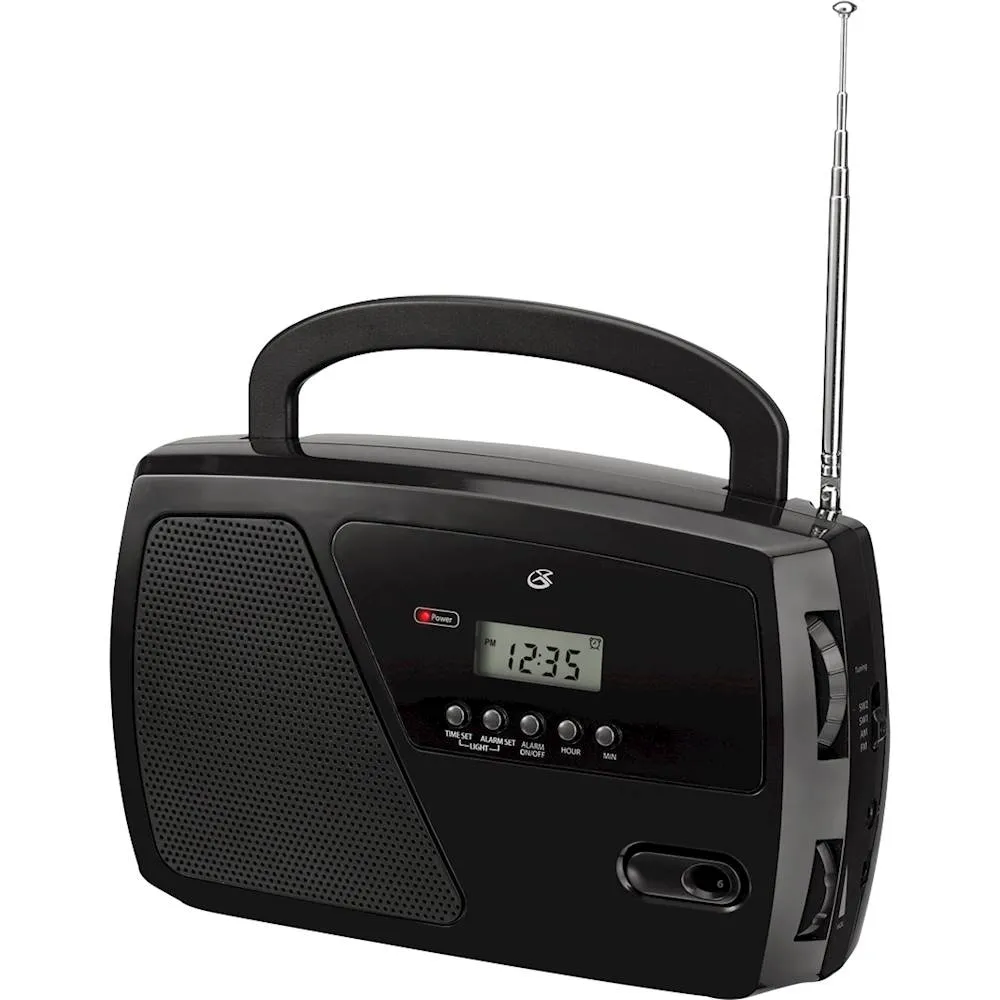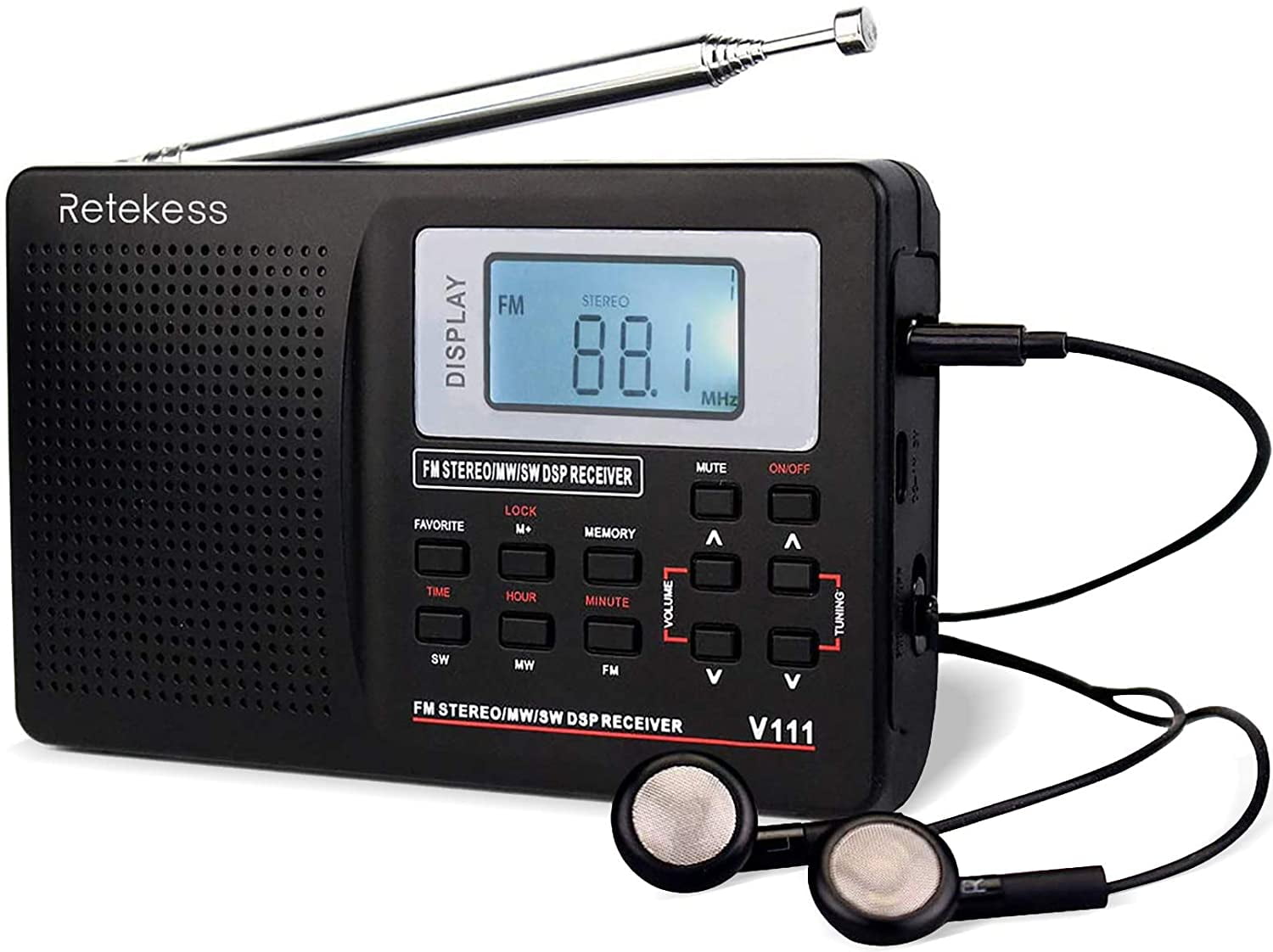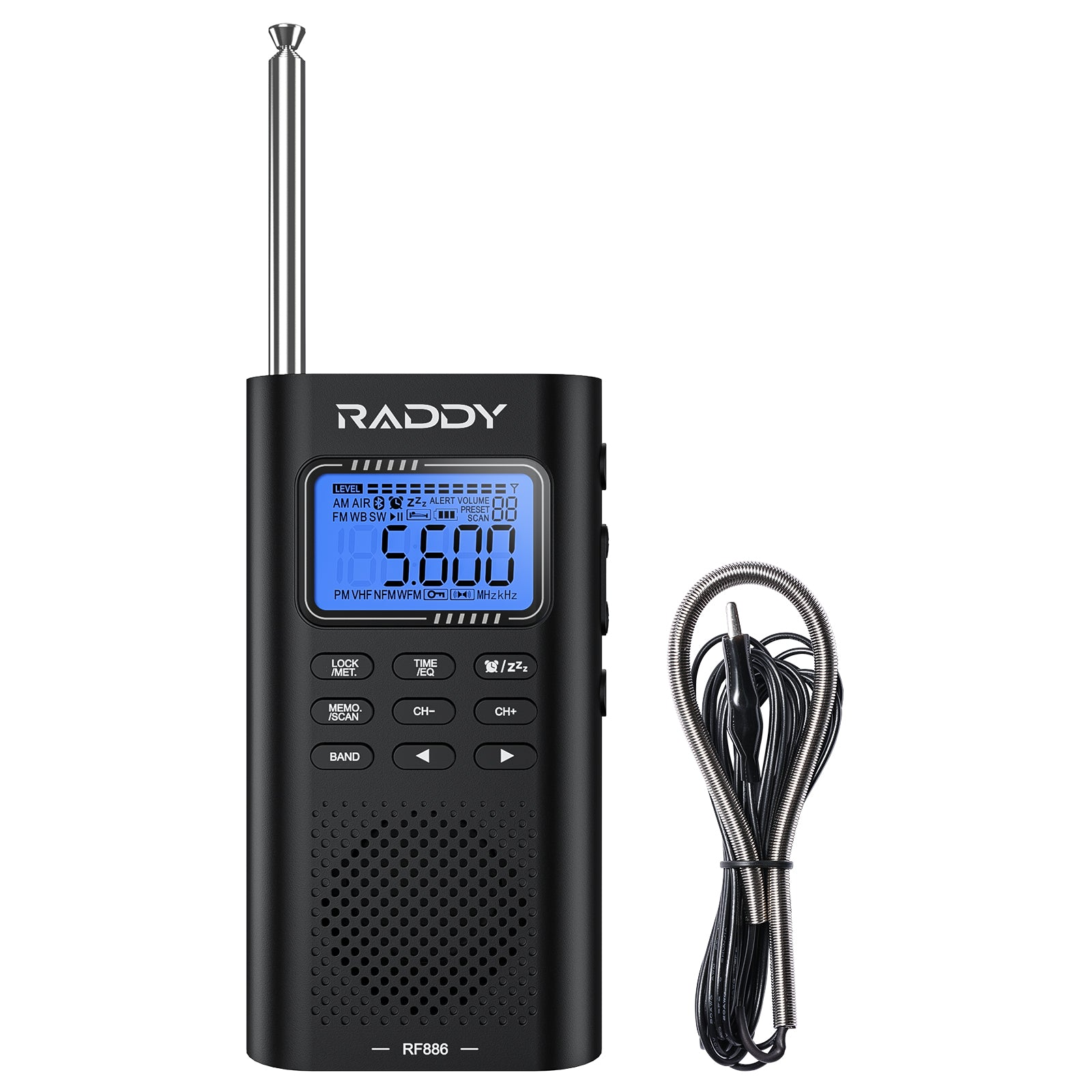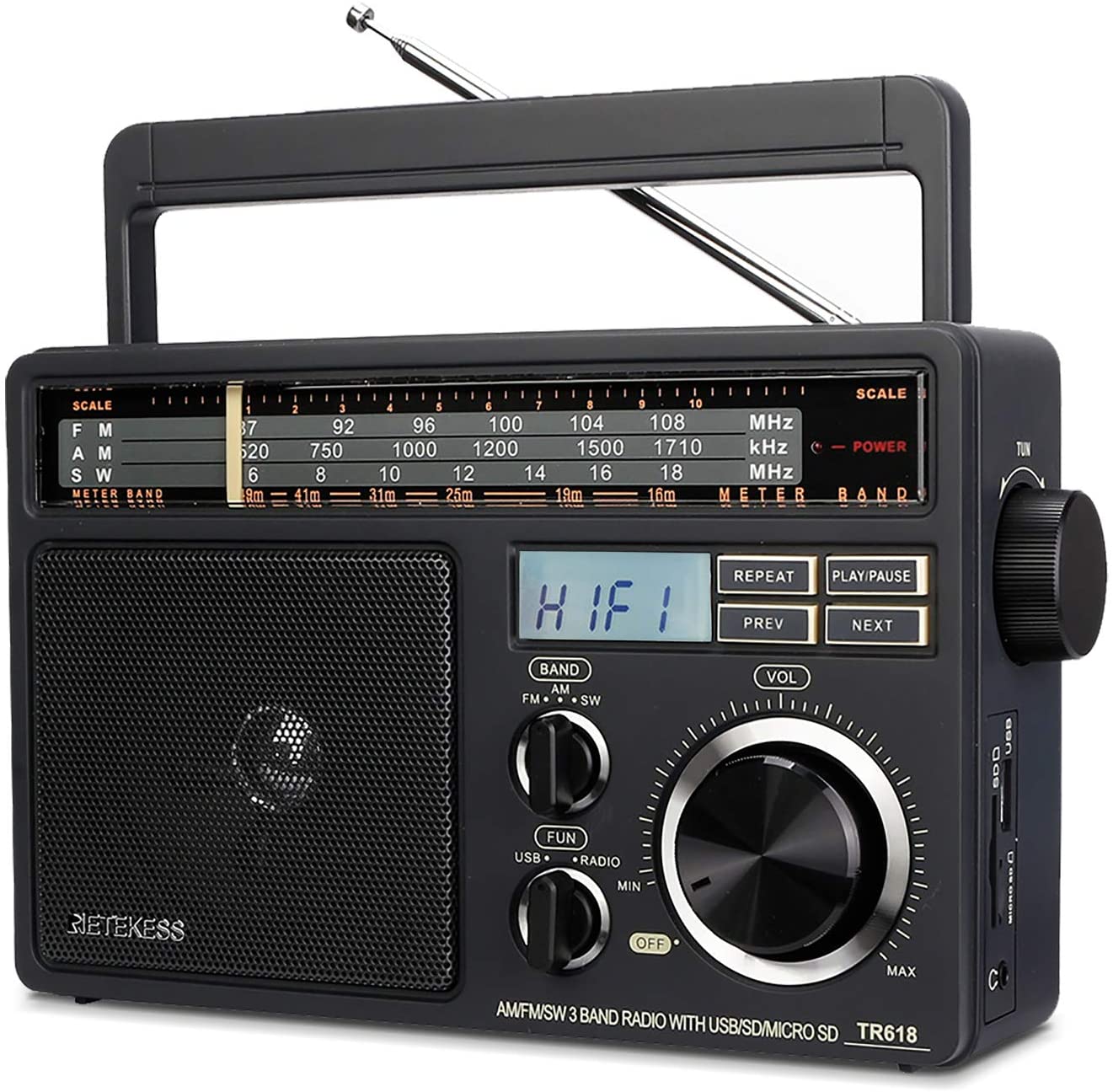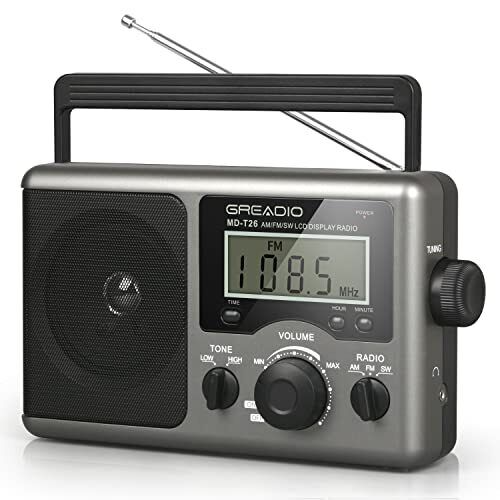Shortwave radios have piqued human curiosity for decades. They act as vital communication tools, connecting the world across vast distances. Despite the rise of digital technology, shortwave radios still hold an important place in people’s lives. This article explores the characteristics, history, and modern uses of shortwave radios.
History and Development
Early Beginnings
Shortwave radio technology emerged in the early 20th century. Engineers discovered that shortwave frequencies could travel long distances by bouncing off the ionosphere. This phenomenon, known as skywave propagation, allowed shortwave signals to reach far beyond the horizon. Early enthusiasts quickly appreciated this unique characteristic.
By the 1920s, shortwave radios became more widely accessible. Hobbyists and experimenters built and used their own sets. Radio operators found themselves able to communicate over impressive distances. The technology continued to evolve, attracting more attention and investment.
Mid-20th Century Advances
The mid-20th century saw significant advances in shortwave radio technology. Commercial broadcasts started reaching global audiences. Governments, too, recognized the potential of shortwave as a tool for international communication. They began to establish powerful shortwave broadcast stations. These stations broadcast news, cultural programs, and propaganda to foreign lands.
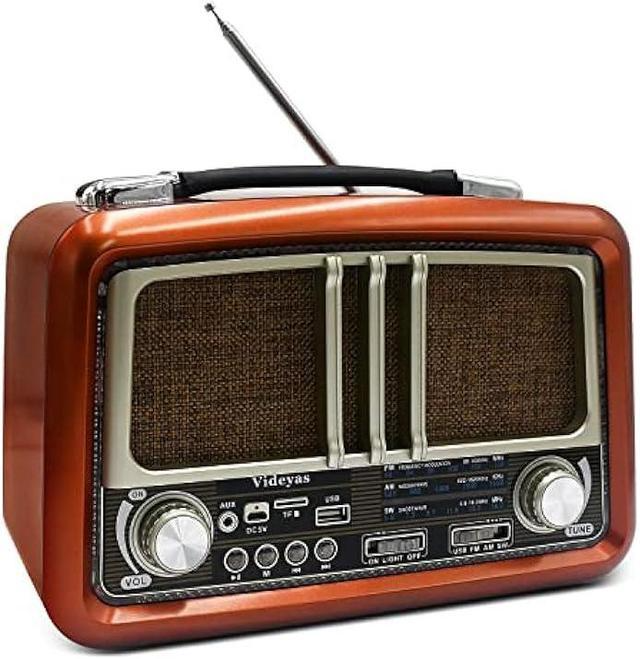
Shortwave radios also played crucial roles during World War II. Military forces used them for coordination and intelligence. They allowed communications across continents and were essential for wartime strategy. The technology moved quickly, improving reception, reliability, and portability.
Technical Characteristics
Frequency Bands
Shortwave radios operate on specific frequency bands, generally between 1.6 MHz and 30 MHz. These frequencies facilitate long-distance communication. The exact band an operator uses can depend on factors like the time of day or atmospheric conditions. Hobbyists often use universal frequency guides to find the best bands for their needs.
Within this range, shortwave radios use several sub-bands. These sub-bands cater to different types of broadcasting. For example, amateur radio enthusiasts often use different frequencies than commercial broadcasters. Specific frequencies may also be dedicated to certain types of communication, like emergency services or maritime information.
Antennas and Reception
The quality of a shortwave radio’s reception largely depends on its antenna. Many radios come with built-in antennas. External antennas can significantly improve reception capabilities. Operators often position these antennas outdoors and in higher locations to minimize interference. A good antenna can be the difference between clear reception and static.
Some shortwave radios feature advanced tuners and filters. These components help operators isolate specific frequencies and minimize interference. Digital Signal Processing (DSP) technology in modern shortwave radios further enhances performance. DSP technology can clean up the signal, making it easier to listen to weak or distant transmissions.
Applications and Uses
Emergency Communication
Shortwave radios serve as valuable tools in emergency communication. During natural disasters or power outages, traditional communication networks can fail. Shortwave radios, however, can still operate. Their ability to cover long distances ensures that vital information gets through. Emergency services and amateur radio operators often rely on shortwave during crises.
Additionally, shortwave radios can receive broadcasts from around the world. This feature is critical during emergency situations. People can gather news and information even when localized communication is compromised. The ability to stay connected can provide a significant advantage in times of need.
Global Broadcasting
Global broadcasting is another vital use of shortwave radios. Stations such as the BBC, Voice of America, and Radio China International use shortwave to reach international audiences. Unlike local FM or AM stations, shortwave radio can penetrate remote areas and diverse regions. This global reach makes shortwave broadcasting a powerful medium for disseminating information.
Shortwave radio provides cultural programs, news, and educational content to areas with limited access to other media. In countries where media freedom is restricted, shortwave radio remains a trusted source for uncensored news. Communities without reliable internet access can depend on shortwave for critical information.
Hobby and Exploration
Many people enjoy shortwave radios as a hobby. These enthusiasts, known as shortwave listeners (SWLs), spend hours exploring the airwaves. They document their findings and share information with other hobbyists. Specialized magazines and online forums provide platforms for sharing experiences and knowledge.
Shortwave listeners often construct or modify their own equipment. They experiment with antennas and receivers to improve performance. The hobbyist community contributes valuable insights and innovations to the field of shortwave radio. These enthusiasts keep the technology vibrant and continually evolving.
Modern Shortwave Radios
Digital Evolution
Modern shortwave radios incorporate digital technologies that enhance their performance. Digital Signal Processing (DSP) is one such innovation. DSP cleans up signals, reduces noise, and makes weak transmissions clearer. This technology makes modern shortwave radios more reliable and precise.
Other digital advancements include frequency synthesis and automatic tuning. These features make operating a shortwave radio easier. Users can quickly locate and tune into specific frequencies. Digital displays also provide a more intuitive interface. These improvements contribute to a better overall user experience.
Portable Models
Portability has become a key feature of modern shortwave radios. Many units are lightweight and compact, making them perfect for travelers and outdoor enthusiasts. These portable models often run on batteries, allowing for use in remote locations. Despite their size, they still offer impressive performance.
Portable shortwave radios include features like built-in antennas, memory presets, and digital displays. Users can easily scan and store their favorite frequencies. Some models even include solar panels or crank chargers, ensuring they remain functional in any situation. These radios offer convenience without sacrificing quality.
How to Choose a Shortwave Radio
Assess Your Needs
When choosing a shortwave radio, start by assessing your needs. Do you require it for emergency preparedness, global broadcasting, or as a hobby? Knowing your primary purpose will guide your selection process. Some radios are better suited for specific applications than others.
Consider whether you need a portable model or a more robust desktop version. Portable models are great for travel and outdoor use. Desktop models offer superior performance but are less convenient to transport. Decide which features are most important for your intended use.
Key Features to Consider
Pay close attention to several key features when selecting a shortwave radio. First, consider the frequency coverage. Ensure that the radio can access the frequency bands most relevant to you. Better coverage means more stations and more variety.
Another critical feature is the radio’s antenna. Some models come with built-in antennas, while others may require external ones. An external antenna can enhance reception but may add complexity. Evaluate the adaptability and ease of use of the antenna included with the radio.
Look for radios with Digital Signal Processing (DSP). DSP improves audio clarity and reduces interference. Radios with this technology often provide a better listening experience. Features like automatic tuning and memory presets can also make the radio easier to use. A digital display can provide a more user-friendly interface.
Brand and Reliability
Selecting a reputed brand can significantly impact your experience with a shortwave radio. Brands like Tecsun, Sangean, and Eton are well-known for their quality and reliability. These manufacturers offer a range of models suitable for various applications. Reading customer reviews and expert opinions can help you make an informed choice.
Reliability is crucial, especially if you plan to use the radio in emergency situations. A well-built radio from a trusted brand is more likely to perform when you need it most. Investing in a higher-quality model can provide peace of mind and better long-term value.
Conclusion
The Enduring Appeal of Shortwave Radios
Shortwave radios continue to hold their charm and utility in our modern, digital world. Despite advances in communication technology, they remain invaluable for long-distance communication, emergency preparedness, and global broadcasting. Their ability to reach remote areas and provide uncensored information makes them unique and irreplaceable.
Whether for practical use or as a hobby, shortwave radios offer a world of exploration and connectivity. They connect diverse cultures and communities, providing a bridge that transcends geographical boundaries. The blend of historical significance and modern innovation ensures that shortwave radios will remain relevant for years to come.
Choosing the right shortwave radio involves understanding your needs and evaluating critical features. Investing in a quality model from a reputable brand ensures reliability and performance. Whether you’re a seasoned enthusiast or a newcomer, shortwave radio offers a fascinating and rewarding experience.
In an age dominated by digital technology, the art and science of shortwave radio remind us of the beauty of analog communication. They provide an enduring connection to the world, one that is as relevant today as it was a century ago. The fascinating world of shortwave radios continues to inspire curiosity, innovation, and global connectivity.
